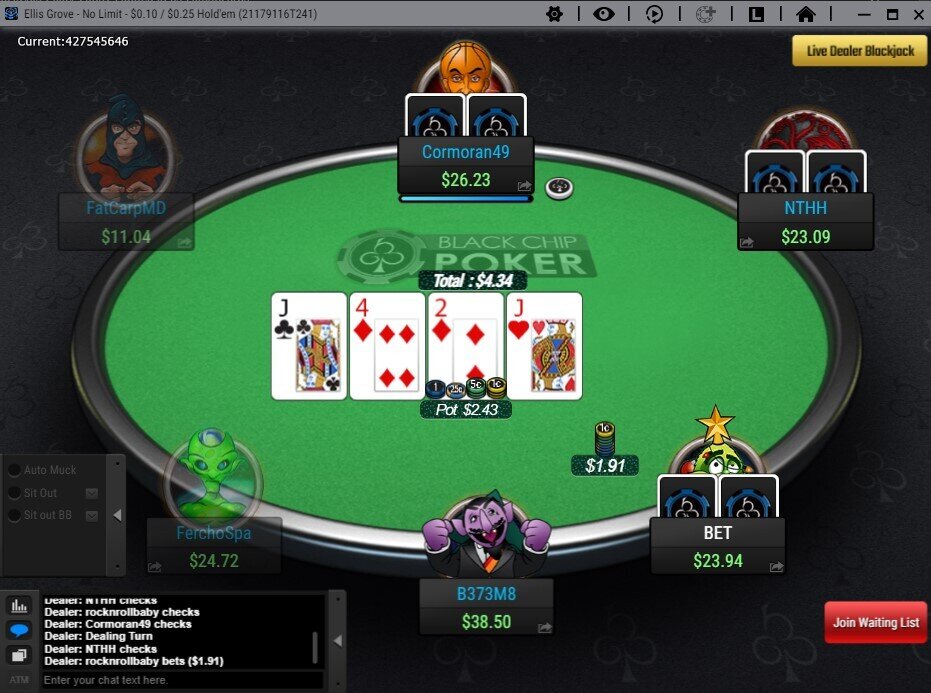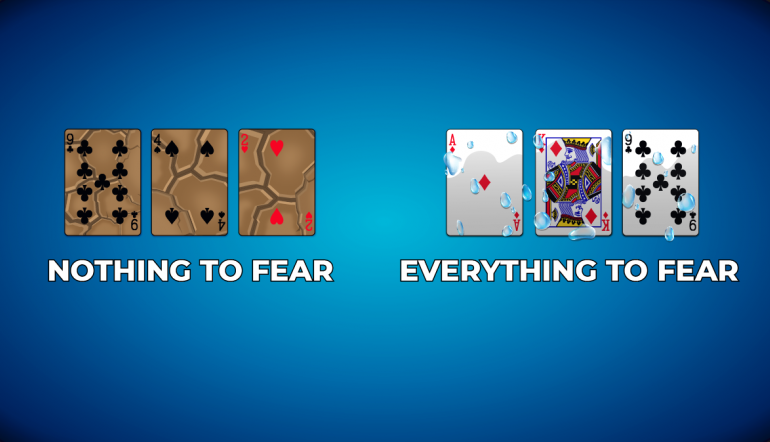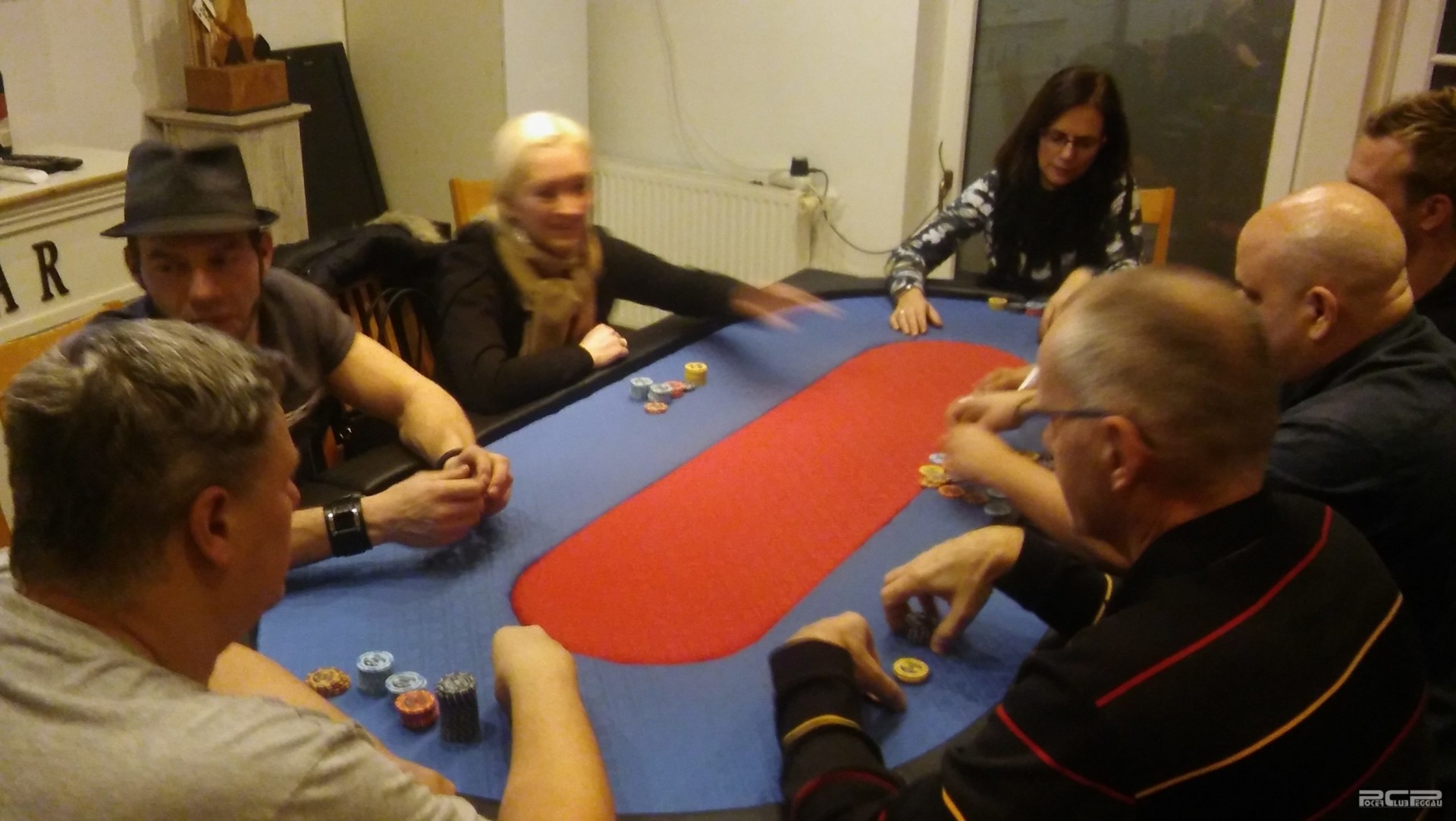NL Texas Holdem Intermediate Strategy & Tips
When playing No-Limit Hold'em, betting provides the best advantages you can have. You can bet any sum you choose at any time in the action. That means it is really important to develop a strategy for wagering that can help you win instead of losing your bankroll. Two points to keep in mind at No-Limit Hold'em tables are:
1. How much do I think that player will call and
2. Specific wager amounts to encourage an opponent's response
How Much Do I Think That Player Will Call?
Having a good idea of how much another player will call is important to successful wagering. The goal is to figure out what kind of player you are facing and his current mood. If you cause another player to get upset or emotional, that person will probably call must more frequently. If you are playing against a tight player, you may need to bet smaller amounts in order to keep him in the pot and get more money out of him or her.
- No limit hold’em has been called by many but most notably, Doyle Brunson (legendary poker player), as the ‘Cadillac of poker’. Its name says it all – there is no limit, except the size of the blinds.
- Poker: Texas Hold'em (No Limit) By Masque Publishing. Play two face down cards and the five community cards. Bet any amount or go all-in. Your Gaming History.
- The top 5 strategies for novice poker players, and intermediate-level poker players include the following: Opening Hands, Bet Sizing, Limping, Folding, and Positioning. Once you’ve mastered these 5 Texas Hold’em poker strategies, you’ll be able to incorporate many other strategies into your overall game plan.
Poker: Texas Hold'em (No Limit) By Masque Publishing. Play two face down cards and the five community cards. Bet any amount or go all-in. Your Gaming History. The size of your post-flop bets should be related to the amount in the pot. For example, let’s suppose you’re playing in a no-limit cash game and the pot contains $20 after the flop. A respectable bet size would be $15. However on the next hand the pot might be smaller, let’s say it’s just $12.
Always pay attention to the betting patterns of opponents. If a person is betting large, you may want to increase the size of your wagers a bit. Also, be aware of check-raises so that you do not get led into betting when you should realize you are probably holding the losing hand.
Right-sized Bets
Using a strategy to betting the correct amounts to get the most value from your ahnd is important. In No-Limit Hold'em, this can really pay off. In a short-handed game with a maximum buy-in of $600 and blinds of, let's say, $3/$6, there are some very effective techniques you can employ.
$30 raise - Use this really big raise in pre-flop situations only when you hold a prime hand. Because it is an even number, it seems to make other players want to call with ease. If you throw in a $100 chip, that will surely intimidate other players and fail to draw them into seeing the rest of the hand by calling your raise.
$24 raise -High pocket pairs work well with this raise; use it when you hold a 10-10 or better. It's a bit smaller than the $30, but more intimidating than a $20 raise. Odd numbers, like $23, seem to be scary to players, so raise in that sum only when you want to reduce callers.

$12 raise (double raise) - Don't use this raise frequently or avoid it altogether. Never use this raise with pocket pairs of Aces or Kings. This raise simply gives you a poor table image.
Ascending Bets - This is a truly b wagering technique. When you hold Aces or hit the hand you want on the flop and seek callers, keep betting a little bit more every betting round. Get those your opponent committed to the pot and it is likely the player will stay until the end. You goal is to have the opposition so pot-commited that by the river you can pull him all-in and take the stack.
These are only a few examples of how to improve your wagering skills and results. Try them out, use them where they work best for you in your personal style and table image and win that extra money when the cards fall just right.

Strategy Article 1. No Limit Starting Hands
Strategy Article 2. N/L Texas Holdem Basic Strategies and Tips
Strategy Article 3. NL Holdem Short Handed Sets

Strategy Article 4. No Limit Holdem Learn Opponents Betting Patterns NL
Understanding how to correctly use bet sizes to influence and manipulate the action is what separates skilled poker players from absolute beginners. Without a doubt, improper bet sizing is a very common mistake among beginners to poker and such errors are a tell-tale sign of a player’s inexperience. Beginners often raise or bet at the extremes – betting either too little or too much.
When playing poker it’s really important that you think about the result you hope to achieve before you make a bet. In our previous lesson we discussed some of the main reasons to bet in poker and provided some clear objectives that you should always consider before firing out a bet. In this lesson we’re not going to discuss why you should bet, because you should know already. Instead, this lesson is all about how much you should bet – and we’ll be focusing on basic bet sizing before and after the flop.
Bet Sizing before the Flop
A good tip for beginners is to raise three times (3x) the big blind, plus one big blind for every limper in the pot. If it folds to you, raising three times the big blind is often enough to ensure the field of players doesn’t grow too large. For example, using this forumla in a cash game with blinds of $0.25 / $0.50, your standard raise would be to $1.50 (3 x $0.50), but with two callers you should raise to around $2.50 (that’s 3 x $0.50 + 2 x $0.50 for the limpers).
Beginners often make the mistake of raising the same amount regardless of whether several players have already entered the pot. Remember, it’s much easier to play poker against fewer opponents and if you don’t increase the size of your bet when limpers are involved then you’re effectively inviting a whole heap of trouble after the flop.
For many years now the 3x + 1 for each limper has arguably been the standard pre-flop bet size favoured by the majority of skilled poker players. These days it’s equally common to see raises of 2.5x + 1. For example, in a poker tournament with blinds of 300/600 your standard opening raise would be 1,500 and not the 1,800 it would be if you were betting 3x. Many players favour 2.5x because they believe it has the same end result as a 3x raise, but fewer chips are put at risk.
It’s also fairly common to see tournament poker players mix up their pre-flop bets based on the stage of the tournament or their stack size. For example, a player might choose to start with 3x for the early levels but may switch to 2.5x when they’re deeper into the tournament.
Betting Too Much
While many beginners are guilty of not betting enough pre-flop, another typical beginner mistake is betting too much. An example would be raising 5x-6x the size of the blinds when you are first to enter a hand in a game where the standard raise is 3x. Sure, everyone might fold and you pick up the blinds – and if that was your goal then it worked, but what if your intention was to maximize your winnings with a solid starting hand? Your failure was likely the result of improper bet sizing.
Adjusting Your Bets
Be sure to base your bet sizing on the tendencies of the poker players at the table and other situational factors. Make sure you adjust If you find yourself in a game where the 3x (or 2.5x) betting formula does not accomplish your goals. Different games play differently. Maybe you’re in a game that requires 4x to 6x the big blind to consistently accomplish your objectives.
Bet Sizing after the Flop
Miss-sizing of bets also occurs after the flop. So, how much should you bet? While your bet size should depend on the situation, a general rule of thumb is to bet between ½ the pot and the size of the pot. This will usually give draws incorrect odds to call, get worse hands to call and often times get better hands to fold.
The size of your post-flop bets should be related to the amount in the pot. For example, let’s suppose you’re playing in a no-limit cash game and the pot contains $20 after the flop. A respectable bet size would be $15. However on the next hand the pot might be smaller, let’s say it’s just $12. If you’re sticking with the same bet size then, based on the pot, your bet should be $9. This is of course assuming you’re betting 3/4 of the pot.
What about betting the turn? Well if you bet the flop and get called then obviously there’ll be more money in the pot. You have various options on the turn, but if you decide to place another wager then it should again be based on the size of the pot – so your bet on the turn will be more than the flop. Many beginners fail to adjust the size of their bets to the amount in the pot – avoid this mistake.
Giving Draws the Incorrect Odds
Poker Nl Holdem Real Money
There will be many post-flop situations where you’re playing against an opponent who has a drawing hand. One key to successful poker is to charge your adversaries for the opportunity to draw out on you. In a fixed-limit game you can only charge them as much as the betting limits allow, but in a no-limit game you can bet enough so that the cost for them to draw exceeds their chances of completing their straight or flush. When that’s the case, the long run supports bets of that nature.
Here are some typical bet amounts relative to the pot and the odds offered to your opponent:

- If you bet 1/4 of the pot you’re offering 5-to-1 odds.
- If you bet 1/2 of the pot you’re offering 3-to-1 odds.
- If you bet 3/4 of the pot you’re offering 2.33-to-1 odds.
- If you bet the the full pot you’re offering 2-to-1 odds.
As you can see, if you only bet 1/4 of the pot then you might be giving decent drawing odds to your opponent. Whereas a decent bet of 3/4 the pot against a single opponent would rule out common draws such as straights and flushes. Even if your opponent gets lucky, he’ll lose in the long run when he’s drawing to longer odds than are offered by the payoff.
While it’s generally better to wager more rather than less, don’t fall into the trap of over betting to “protect” your hand. Ideally, in poker you want to bet an amount that maximizes how much you can win and minimizes how much you can lose. When you structure your no-limit bet so that the pot is offering even money on a call, but the odds against your opponent completing his hand are 2-to-1, you’ll win in the long run. And that’s what poker is all about. Make ‘em pay to get there, and charge ‘em what you think the traffic will bear.
Varied vs. Consistent Bet Sizes
Since the size of your bet tells a story to the other players, it’s important that you do not give off patterns in your play – both pre-flop and after the flop. A common pattern for beginners is to bet more with a strong hand and less with a weak hand. This can eventually become predictable and thereby exploitable – making it easy for opponents.
In order to prevent being readable, there are two schools of thought: randomly vary the size of your bet or keep betting the same increment every time. The reason why you would vary your bet sizes is to throw off your opponent and keep them guessing. At the same time, that is also the goal of staying consistent. If you bet the same amount whether you have a hand or are bluffing, your bluffs are more believable and your opponents cannot pick up patterns in your play.
I believe you should be consistent in how you bet regardless of your holding so as to make it more difficult for observant opponents to put you on a hand accurately. If you always raise 3x the big blind plus one additional bet for every limper in front of you and always bet 3/4 of the pot post-flop then no one can get a read on your play.
Conclusion
To summarize, here’s a recap of some of the bet sizing strategy tips we’ve discussed in this lesson:
Poker Nl Holdem Poker
- Betting around 3x the big blind + 1 for every limper when raising pre-flop is a solid formula to stick with.
- Adjust your bet sizing depending on situational factors.
- Post-flop bets should always be based on the size of the pot and betting around 3/4 of the pot is a good benchmark.
- Be consistent with your bet sizing, regardless of your cards.
Take onboard what you’ve learned in this lesson regarding bet sizing. Remember that every game and situation is different so remain alert and flexible in your thinking for greatest results.
Related Lessons
By Donovan Panone
Donovan started playing poker in 2004 and is an experienced tournament and cash game player who has a passion for teaching and helping others improve their game.